Neuroscience and Creative Movement
Conversation with Dr. Hanna Poikonen from WiseMotion
“The biggest mistake of the western world was to separate the body and the mind,” says Dr. Hanna Poikonen. From learning scientists to interaction designers, several researchers and educators start to challenge the traditional sit-in-quiet approach to learning. As a trained dancer and martial artist, Hanna understood very early on that our human bodies play a major role in our creative development [1].
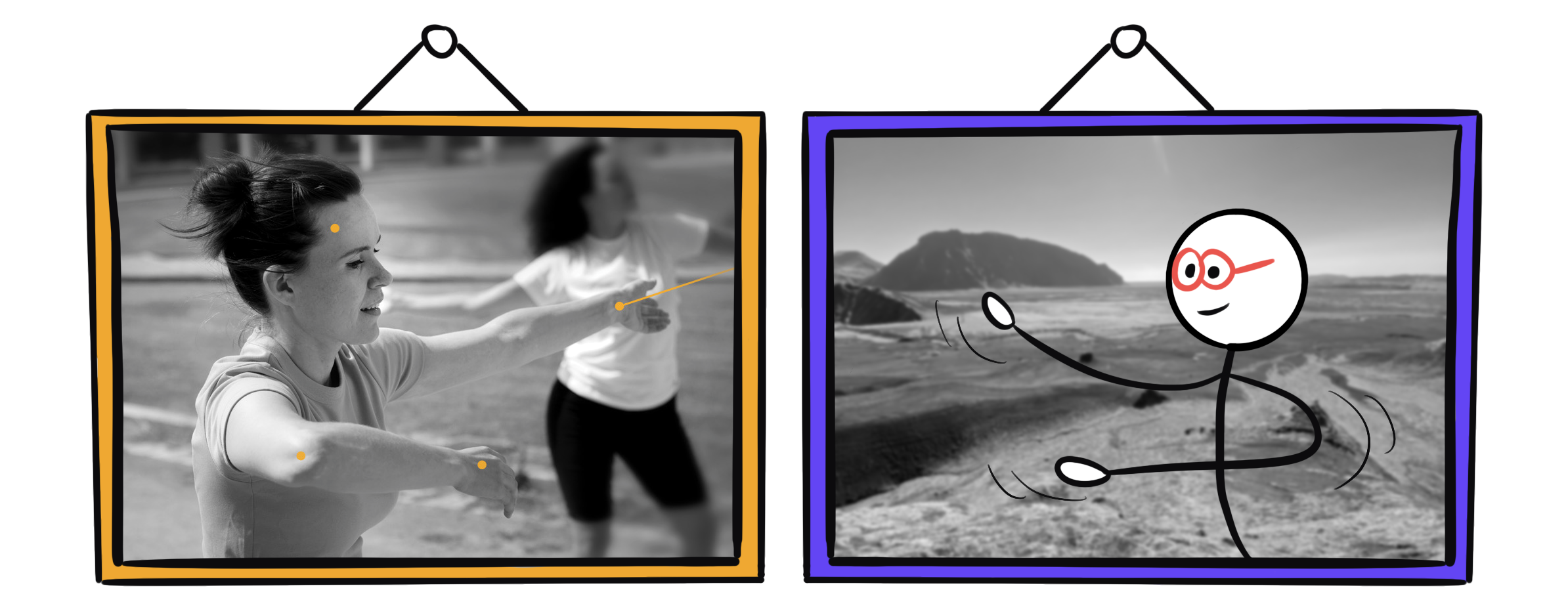
Dr. Hanna Poikonen x The Diverter [2]
Hanna’s fascination for a more holistic approach to mind and body motivated her to pursue a career in neuroscience. In her doctoral work, Hanna worked with dancers, musicians, and lay people in order to understand how our brains react to different dance representations, and in particular, what role bodies play in our cerebral activation [Poikonen 2018]. Through her studies, Hanna measured how the motor areas of the brain, i.e. the areas responsible for movements, reacted to watching these dance representations. She found that dancers exhibited a stronger synchronicity with the dance piece than other people, and that this phenomenon only happened when the representation included an actual human body. When presented with more abstract representations, such as animated stick figures, this difference disappeared: dancers did not exhibit stronger synchronicity anymore. From these studies, it seems that dance training improves synchronicity in the motor areas of the brain when in the presence of a human body. That is, it is not only our bodies that are important, but also the bodies of others.
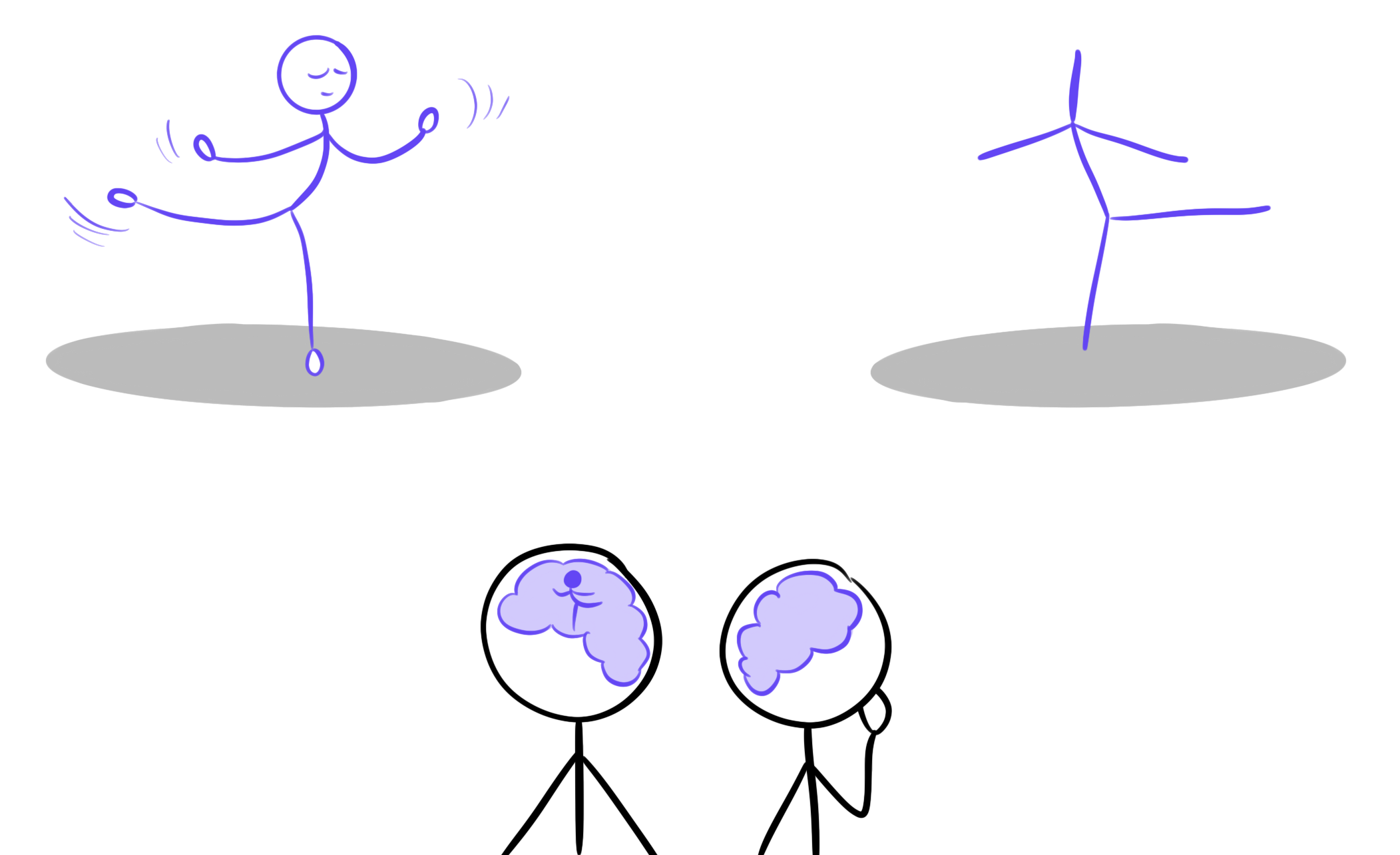
Dance training improves cerebral synchronicity in presence of a human body
More recently, Hanna started exploring how embodiment, the reconnection of mind and body, and creativity, can help patients recover from strokes and brain injuries. Through embodied exercises, such as moving with the wind, or reaching out for flowers, Hanna creates immersive scenarios and stories that patients strongly connect to, and that help with their rehabilitation.

Dancing with the wind to recover from brain injuries
And to complete this wide picture, Hanna also studies embodiment in the context of mathematics. Comparing novices and experts, she looks at how different individuals use gestures in mathematical proofs and how this impacts their cerebral activity. The results are not out yet, but, in the meantime, it is quite fun to look at experts trying to conduct a proof without being allowed to use gestures. “They always start moving their head awkwardly,” laughs Hanna. To her, it is clear that gestures are very important as a first approach to learning: “You are tackling something abstract and your body is the first thing that you have at hand to bring this into the concrete world. For example, moving your hands to comprehend mental rotations.”
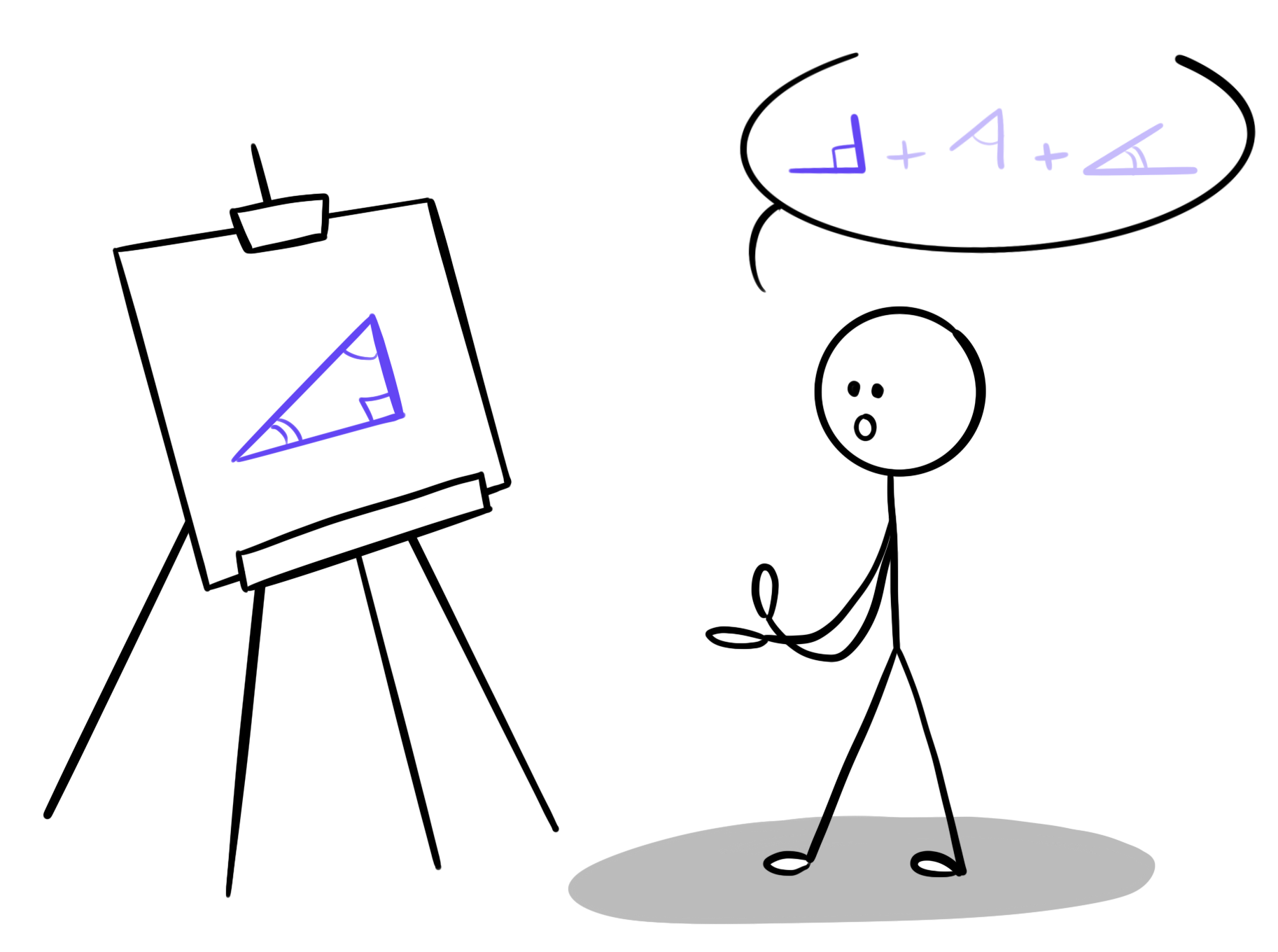
Using gestures to ground mathematical proofs
Be it in art, math, or recovery, Hanna shows how important our bodies are. But it goes beyond that. Hanna explains that our body movements and expression reflects our state of mind. The way we move reveals the way we feel. But, importantly, our body movements can also impact our mind, and how we feel. According to Hanna, our mind and body are intertwined in a bidirectional relation, one always informs the other. In that sense, they are not two parts of a whole, they are the whole [3]. And considering one without the other is detrimental. For example, we saw the negative impact such a separation can have on learning and interaction in the Embodiment article.

The mind and body connection is bidirectional and intertwined
Hanna explains that this understanding helped her a lot in her personal life, as she went through illness: “I had major health issues, and wanted to try and understand them. I thought that I should be an expert of my own body, and it all brought me down to embodiment. And through this I started to recover. And even now, it helps me to remember how important it is to listen to your body in order to stay healthy and connected.”
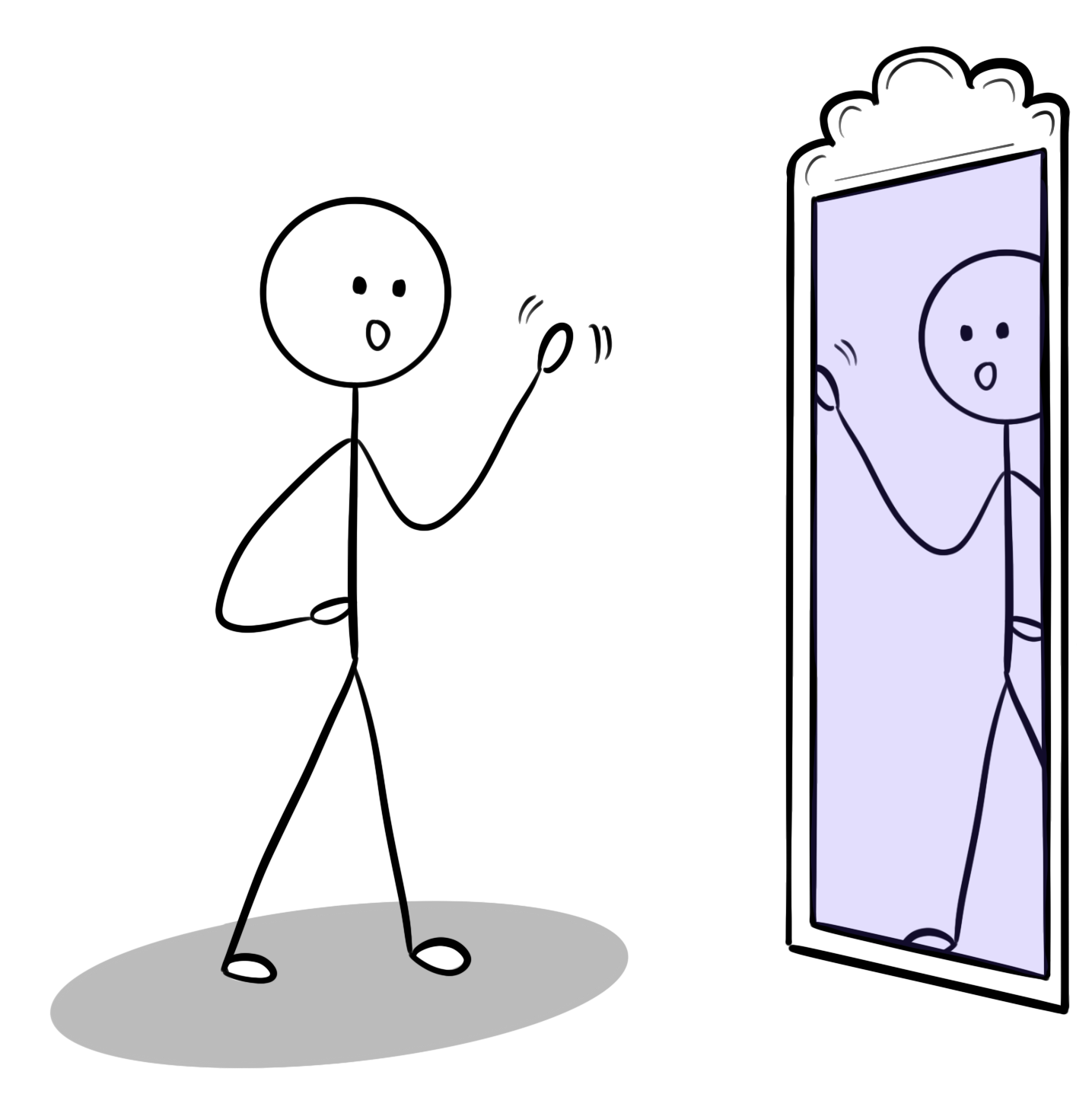
Becoming an expert of your own body
Towards the end of her PhD, Hanna wrote a blog article about her research on embodiment, and was surprised when it went viral. That made it clear to her that there is a strong need for embodiment in our western society. She started filling this gap by organizing WiseMotion workshops. Mixing research with embodied activities, science and art, she shows participants how important the connection between mind and body is, and how it can be strengthened. “People usually think that the brain is a command system guiding the rest of the body. But I want to show the opposite as well, how movement can introduce a specific mental state.”

Reconnecting Science and Art
The workshop includes lectures about neuroscience. “With powerpoints”, Hanna laughs. “It’s simplified but without losing the essence. Not losing the point like often happens in the media.” This scientific knowledge is then put into practice through embodied practices inspired from her dance and martial art background. “It looks like dance but I don’t introduce it as such. There’s no need to know how to dance. Dance can be scary for people, they think they can’t do it.” Music is also a very important part of the experience as it helps people move and they can connect to their breath anchored in the music.
“The society we live in requires a lot of control. And you need to let go of this to explore your creativity, so that’s why it’s scary. But that is exactly what makes creative movement so important.” Hanna hopes that science can help people start this process, but she also noticed that people with an art background are usually interested in the science and try to understand it, while people with a scientific background are sometimes less open to the artistic side.
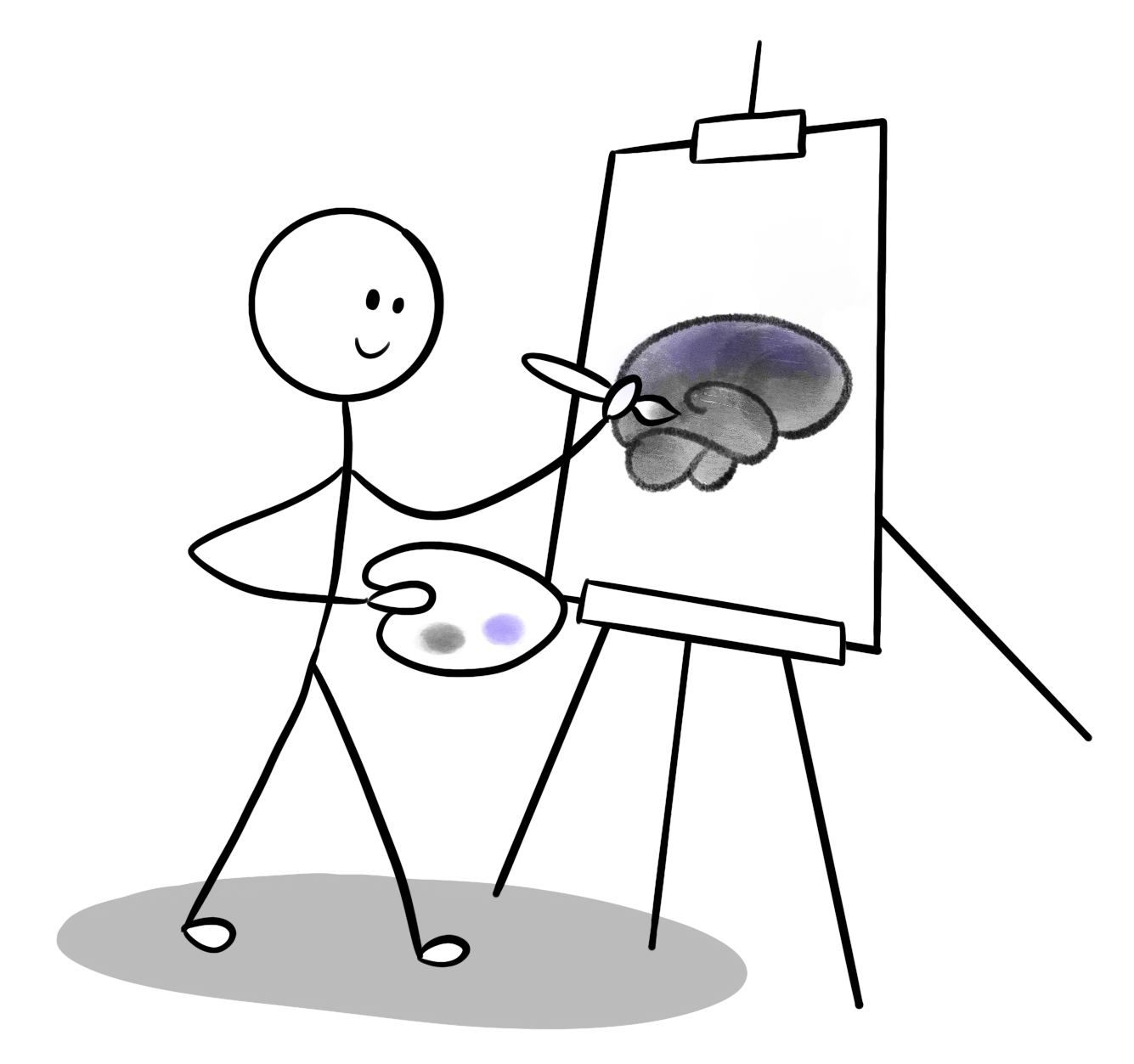
Opening the door to science
To conclude, Hanna advises to “cherish your curiosity. Find ways you can maintain your curiosity and start from there instead of feeling it’s an obligation or something you have to do. Cultivate it by being well (body and mind). We can only afford to be curious when we’re not too tired, anxious, nor stressed out.”
To go further:
- “A dancer’s brain develops in a unique way”, an article by Dr. Hanna Poikonen (link)
- The WiseMotion Community website (link)
- Instagram (link)
- Twitter (link)
- Facebook (link)
- Vimeo (link)
Notes:
[1] As recommended by Dr. Katta Spiel, I use “bodies” instead of “body” in order to focus on the diversity of bodies rather than an ideal, but non-existent, body [Spiel 2021].
[2] Picture by Aleix Gordo Hostau.
[3] A useful way to think about this can be the Kantian approach: “Immanuel Kant argued in his Critique of Judgment that in an organized being (such as a living organism), the parts exist for and by means of the whole, and the whole exists for and by means of the parts. We may call this a Kantian whole.” [Kauffman 2013]
References:
Kauffman, S., 2013. What Is Life, and Can We Create It?. BioScience, 63(8), pp.609-610.
Poikonen, H., 2018. Dance on Cortex: ERPs and phase synchrony in dancers and musicians during a contemporary dance piece.
Spiel, K., 2021, February. The Bodies of TEI–Investigating Norms and Assumptions in the Design of Embodied Interaction. In Proceedings of the Fifteenth International Conference on Tangible, Embedded, and Embodied Interaction (pp. 1-19).